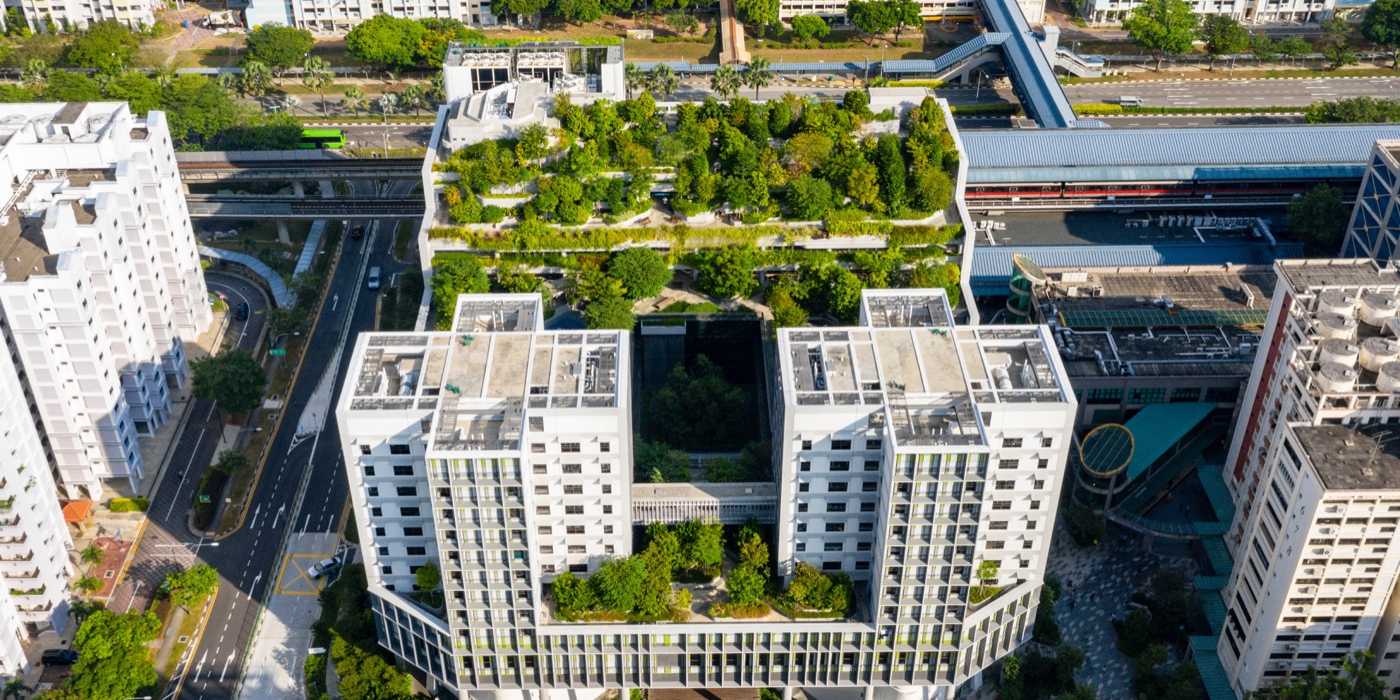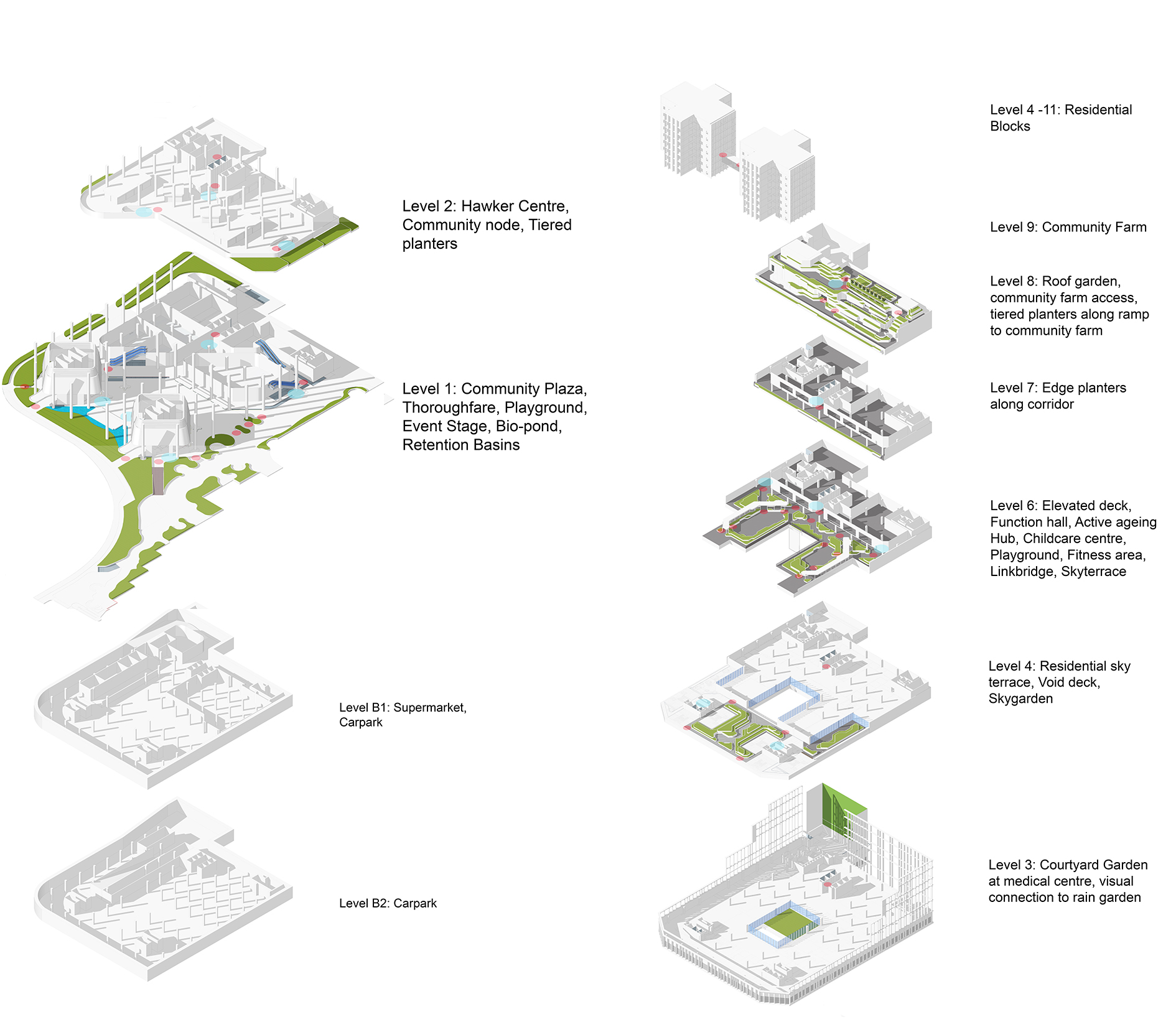
Vertical Cities: Emergent movement and use patterns in dense vertically integrated urban spaces
This FCL Global-led paper uses Kampung Admiralty as a case study to explore the user-space interactions in complex and vertically integrated urban built environments, for effective future planning and design.
In high-density, land-scarce cities like Singapore, the successful translation of ground-level urban qualities and benefits into vertical living is crucial for social, economic, environmental, and ecological sustainability. New research by FCL Global researchers Dr Srilalitha Gopalakrishnan, Anjanaa Devi Srikanth, external page Prof. Dr Thomas Schroepfer and their co-authors introduces a external page Network science-based spatial analysis framework to evaluate the connectivity and relationships of vertically integrated urban open spaces.
They examine external page Kampung Admiralty (KA), a unique development integrating housing for the elderly with various facilities, as a case study. The methodology combines static spatial network measures and real-world movement data to predict movement flows, accessibility, and connectivity. Lift lobbies and elevated garden connectors emerged as critical paths, effectively distributing pedestrian flows. Landscape spaces played a key role in visual and physical connectivity, offering high recreational and social value. Strategic placement of ‘social attractors’ improved space utilisation.
The study highlights the importance of spatial design parameters in user-space interactions and provides insights into socio-spatial networks at both ground and elevated levels. It identifies key connectors that facilitate effective planning and design of vertically integrated public space networks, promoting social and spatial effectiveness. It is hoped that by applying the methodology to multiple case study sites at various scales, a predictive planning and design tool can be designed to better understand the links between humans and the built environment in vertically integrated urban developments.
Header photo credit: Ramboll Studio Dreiseitl

Gopalakrishnan, S., Wong, D., Chin, B., Srikanth, A. D., Manivannan, A., Bouffanais, R., and Schroepfer, T. (2023). Vertical Cities: Emergent Patterns of Movement and Space Use in Dense Vertically Integrated Urban Built Environments. International Journal on Smart and Sustainable Cities 0 0:0. external page https://doi.org/10.1142/S2972426023400056.